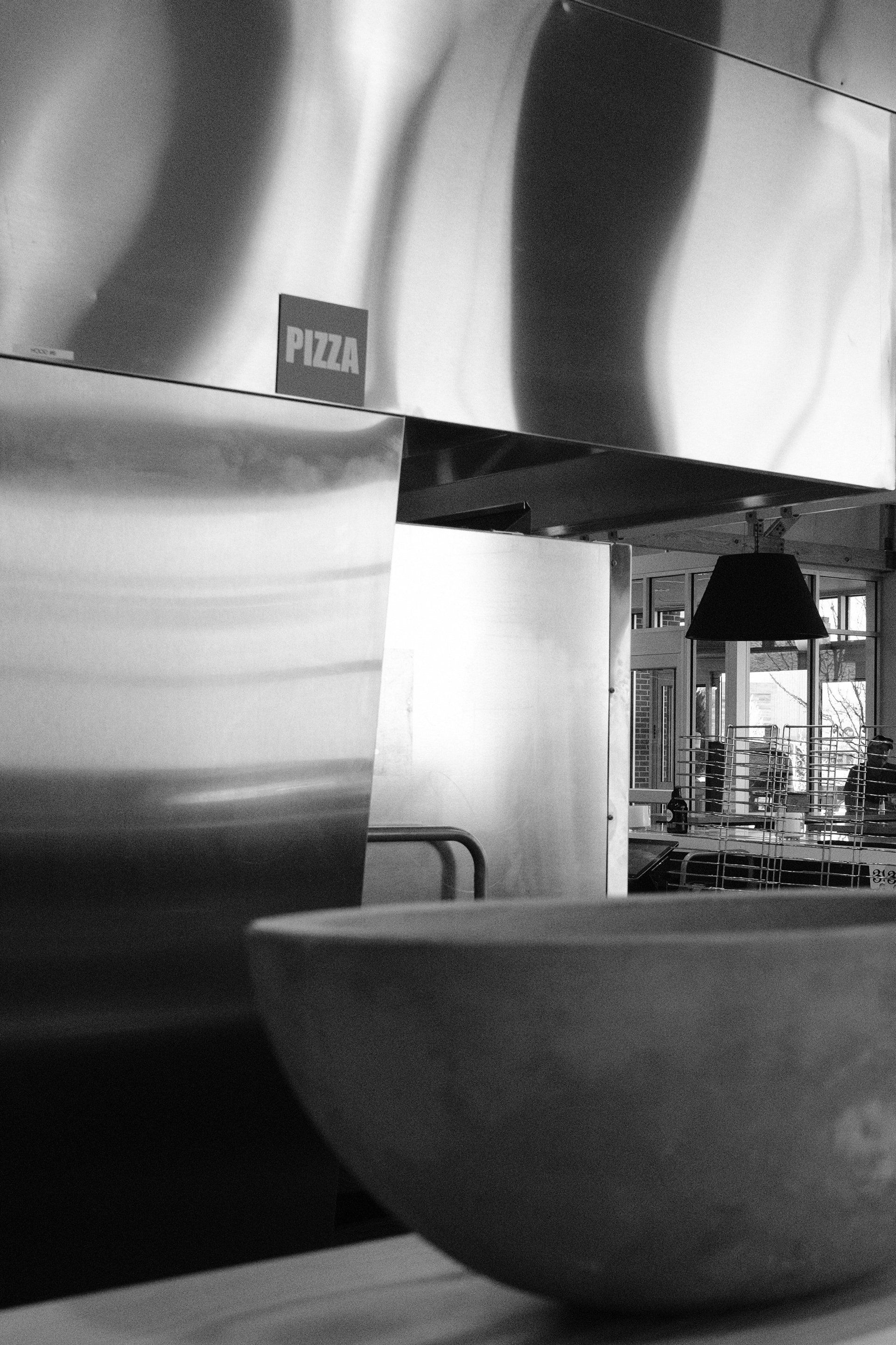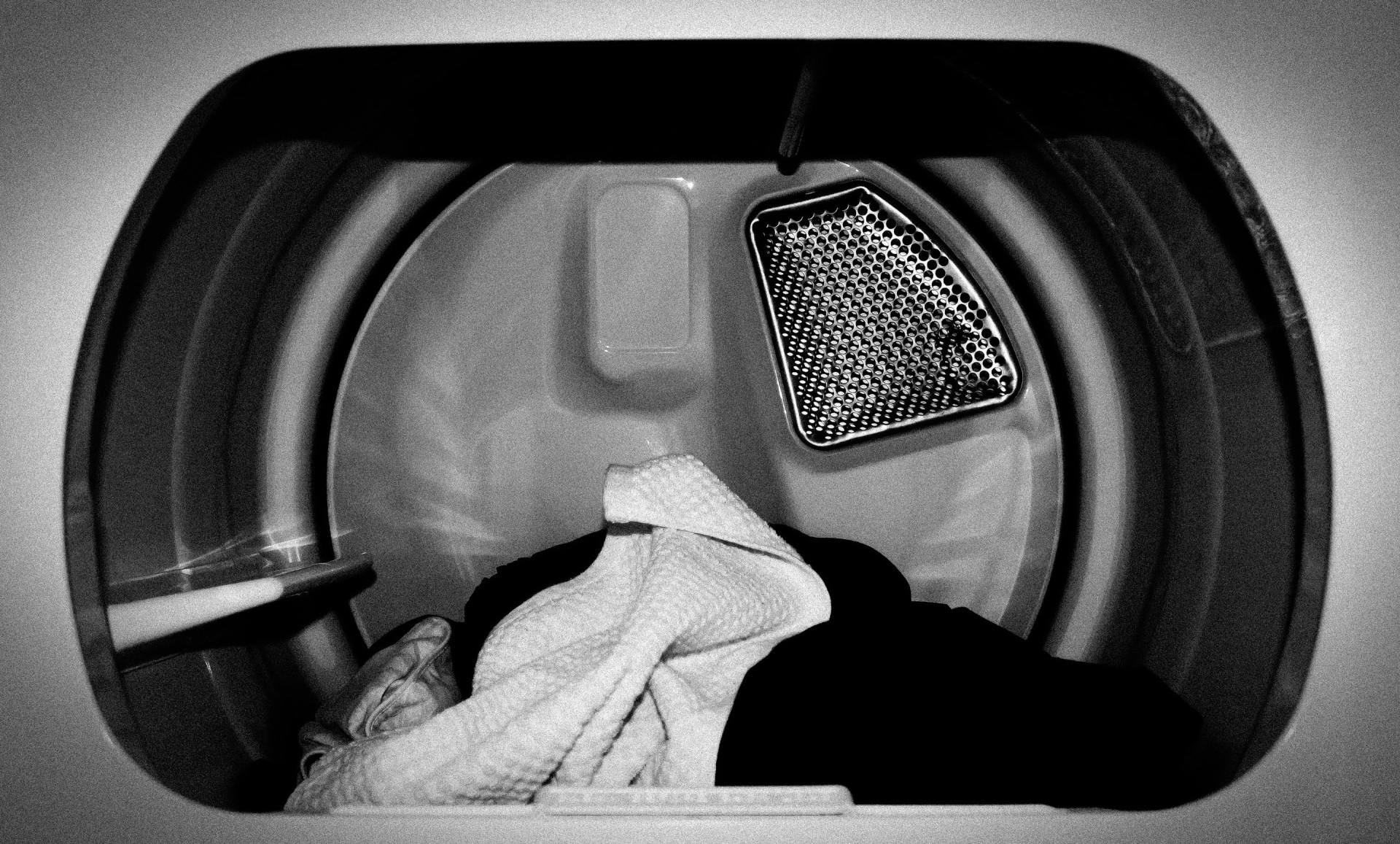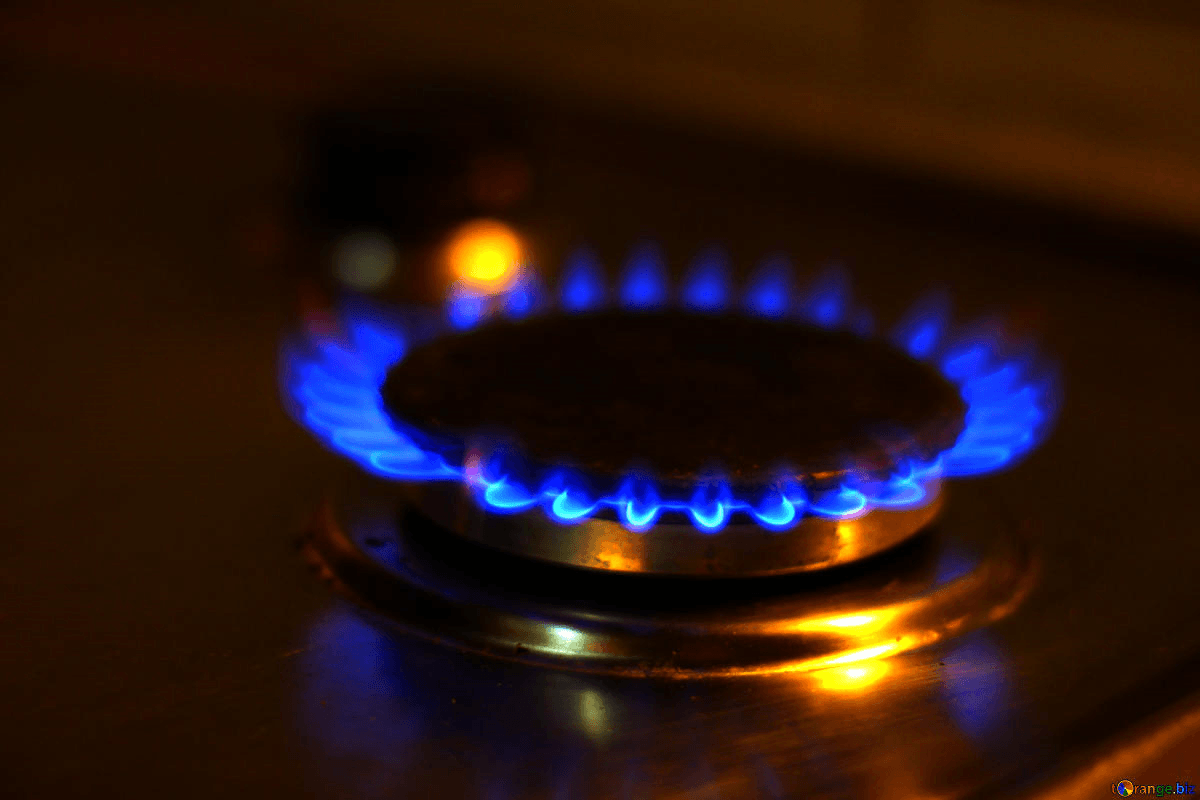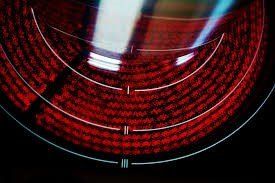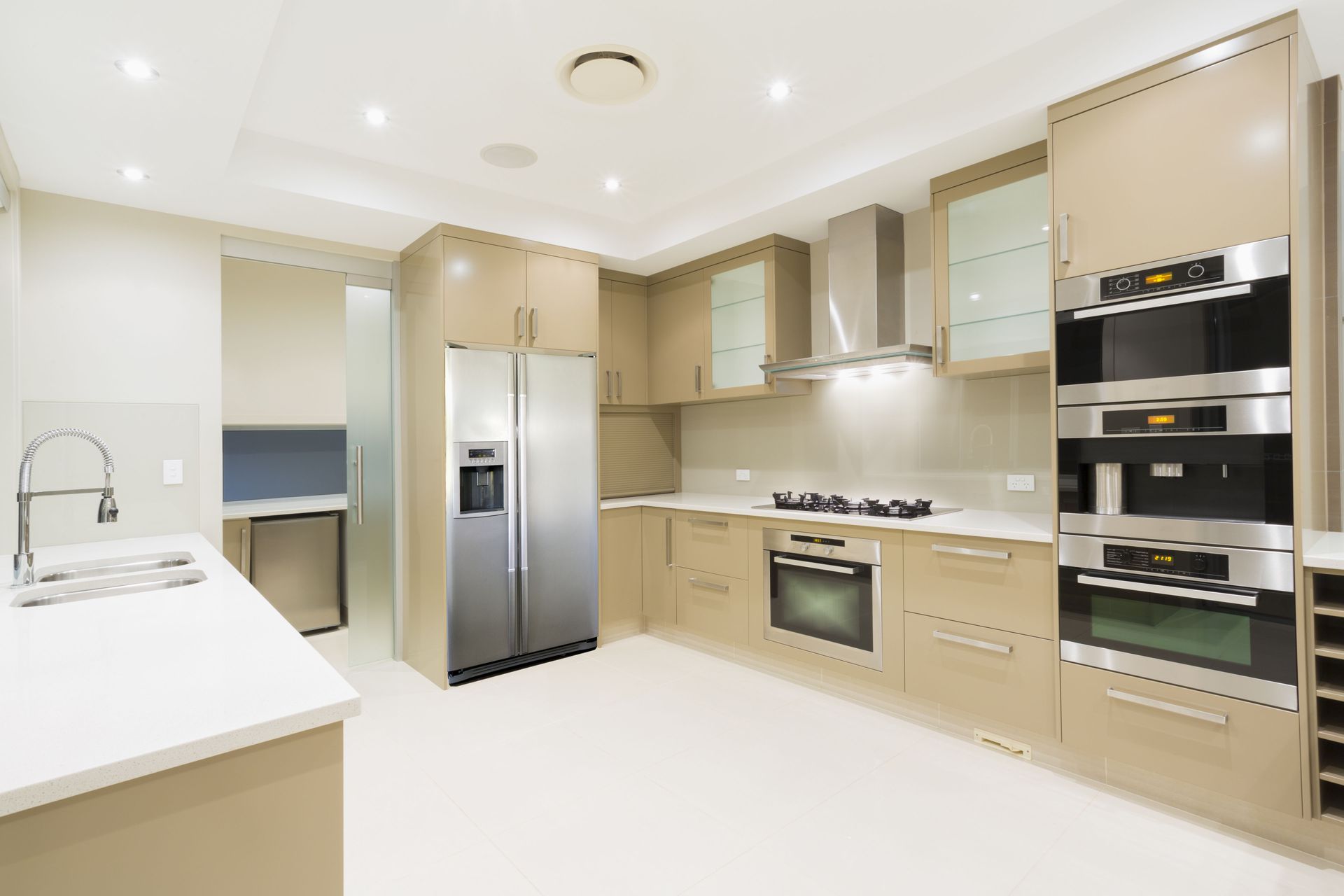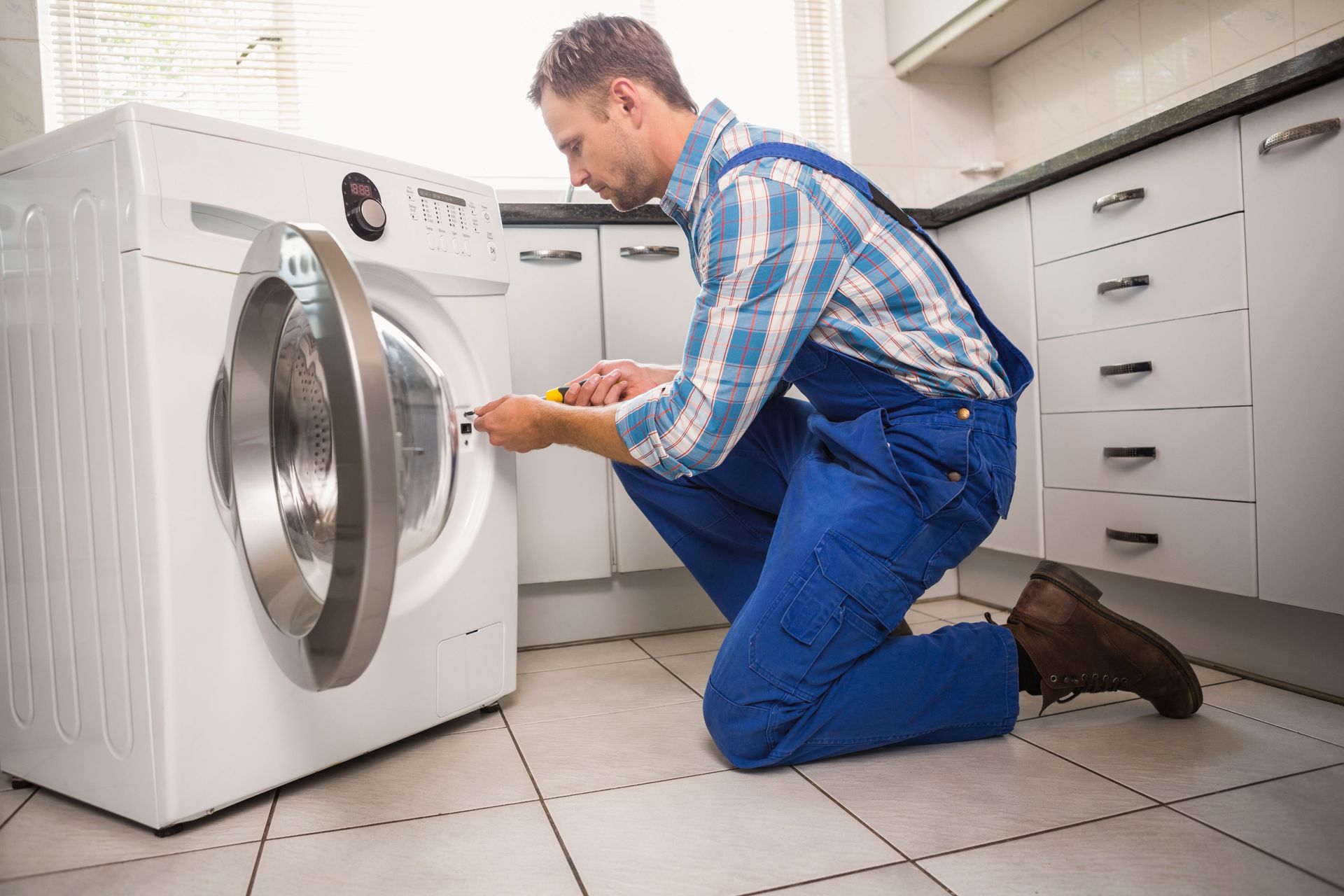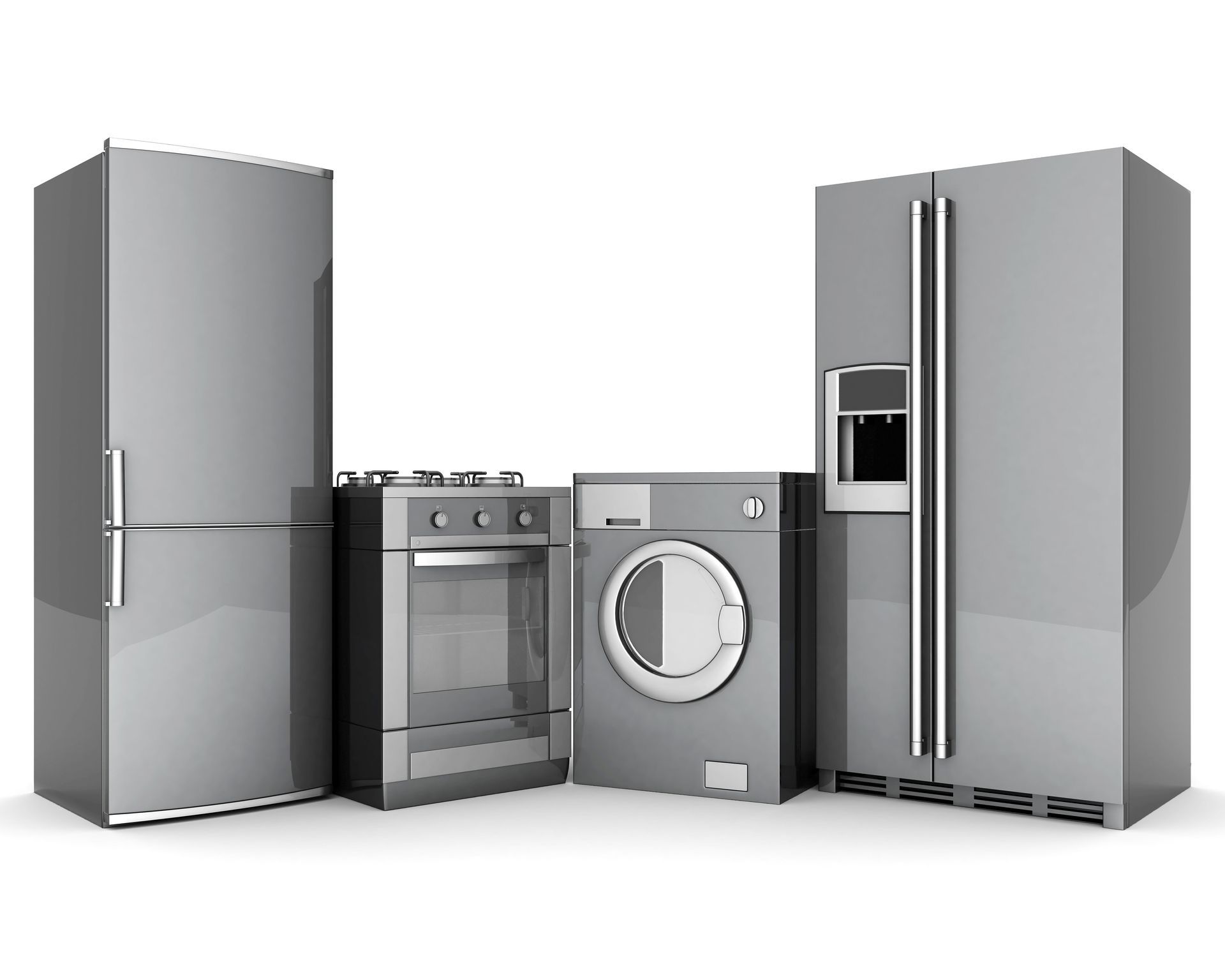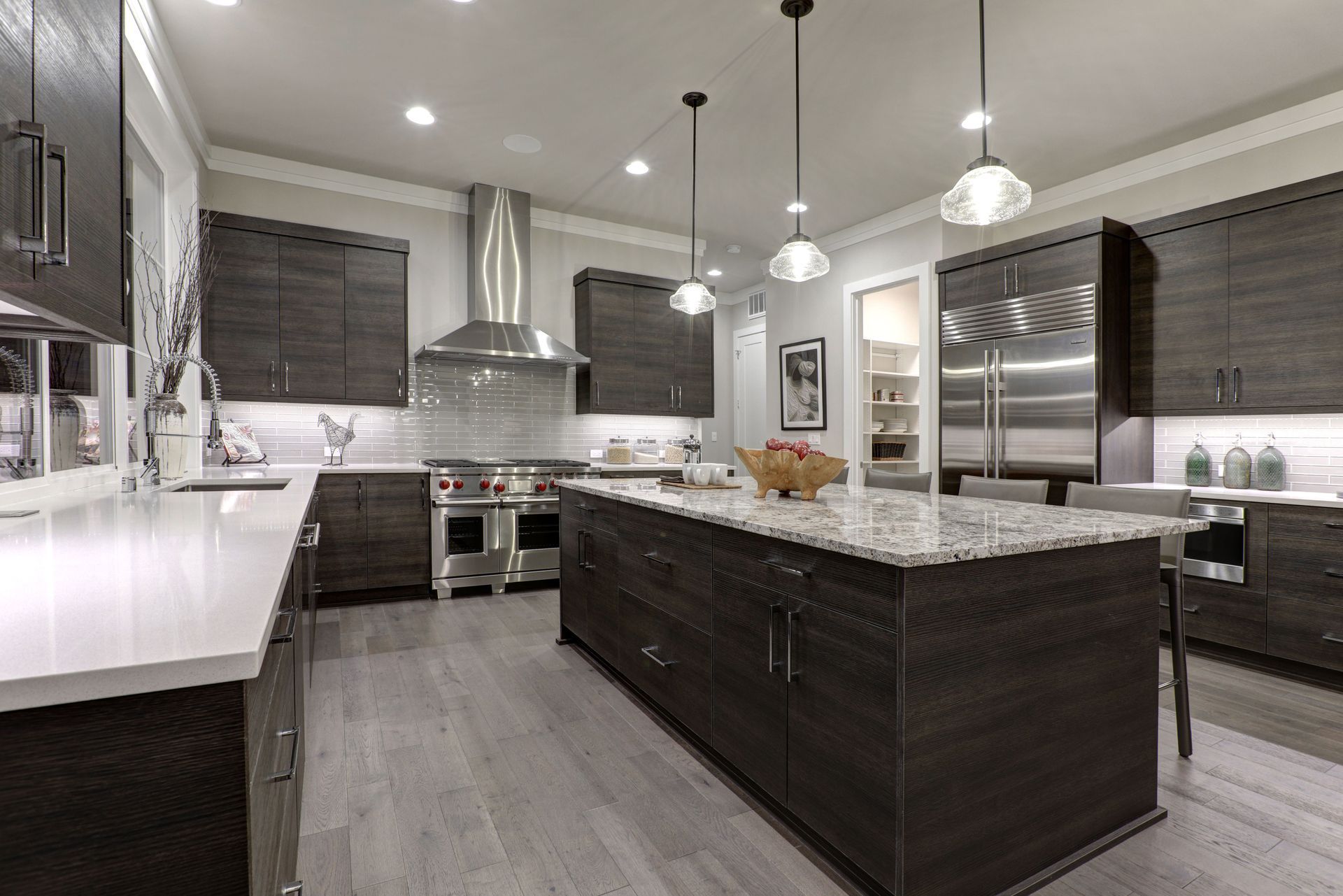Gas versus electric, pros and cons of each
When it comes to deciding between gas and electric, there are a few things to keep in mind. There are pros and cons to both options.
First and foremost - cost! When cooking, gas is generally 10% - 30% more cost effective than electric. However, if you do not currently have gas in your home, you may want to look into the costs involved in converting from electric to gas. Gas appliances also tend to be higher in cost when purchasing and installing.
Second, temperature control. With gas appliances you can instantly adjust the temperature and it is easy to determine whether or not the stove is on. The downside to this is that your burner not being on doesn't necessarily mean it is not releasing gas into the air. You want to be mindful when turning your gas stove off. But, don't rule out electric just yet! There are some that have similar temperature controls like induction, making them comparable to gas. See our upcoming blog about induction cooktops for more details!
Third, appearance! Electric cooktops have a sleek, smooth design with easy to clean surfaces. There are no burners to remove and no crevices for spills to run into. Keep in mind that there is a downside to that smooth, glass surface as stains and scratches can take away from their appearance. You want to be sure to clean your surface with the proper materials and always reference your user's manual. For more details and tips, see our blog about cleaning your glass cooktop.
Finally, ventilation. When you have a gas appliance, Washington state code requires ventilation. This ventilation must exit your home and cannot be set to re-circulation. If you are changing from electric to gas, you will need to have the proper ventilation in place in order to meet the state requirement. Keep an eye out for a future blog about updraft systems vs downdraft systems!

